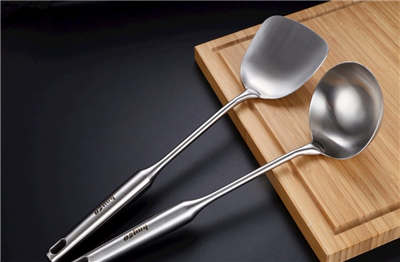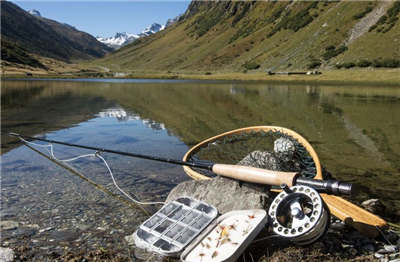scuba diving的过去式 Scuba Diving in the Past
Scuba diving has been an exciting and thrilling adventure for many people throughout history. In the past, scuba diving techniques and equipment were vastly different from what we have today. Let's take a journey into the past and explore the captivating world of scuba diving in its early years.
Before the invention of modern scuba gear, divers relied on more rudimentary methods for exploring the underwater world. They would use basic diving bells, which were large helmets connected to a surface air supply by a hose. These diving bells allowed divers to explore the depths, but limited their mobility and time underwater.

In the late 19th century, the development of the first self-contained underwater breathing apparatus, known as the \"aqua-lung,\" revolutionized scuba diving. This invention, created by Jacques Cousteau and Emil Gagnan, allowed divers to carry their own air supply and explore underwater for longer periods. The aqua-lung consisted of a cylinder filled with compressed air and a regulator that controlled the airflow.
During the early years of scuba diving, divers faced numerous challenges and limitations. The lack of proper training and understanding of decompression sickness often led to serious accidents and fatalities. It was a time of trial and error, as divers were constantly pushing the boundaries of what was known about diving physiology and safety.
Exploration and adventure were the driving forces behind scuba diving in the past. Divers were eager to uncover the mysteries of the deep sea and discover hidden treasures. They explored shipwrecks, coral reefs, and underwater caves, bringing to light the wonders of the underwater world. These early pioneers laid the foundation for the scuba diving we know today.

As scuba diving gained popularity, advancements in technology brought about significant changes. Improved diving apparatus, such as buoyancy compensators and dive computers, made diving safer and more enjoyable. Training programs and certifications were developed to ensure divers had the necessary skills and knowledge to explore the underwater realm.
In the past, scuba diving was primarily a male-dominated activity. Women were often excluded from participating in this exhilarating pastime. However, as attitudes shifted and more women became interested in diving, they broke through barriers and made their mark in the diving community.

Scuba diving has evolved significantly over time, becoming more accessible and inclusive. With the introduction of dive centers and resorts around the world, enthusiasts can now embark on diving adventures with professional guidance and support. It has become a recreational activity enjoyed by people of all ages and backgrounds.
In conclusion, scuba diving in the past was a daring and thrilling pursuit. From the early days of diving bells to the revolutionary aqua-lung and the modern advancements we enjoy today, scuba diving has undergone a remarkable transformation. It is a testament to human curiosity and resilience, as we continue to explore the depths of our oceans and unlock the secrets they hold.







